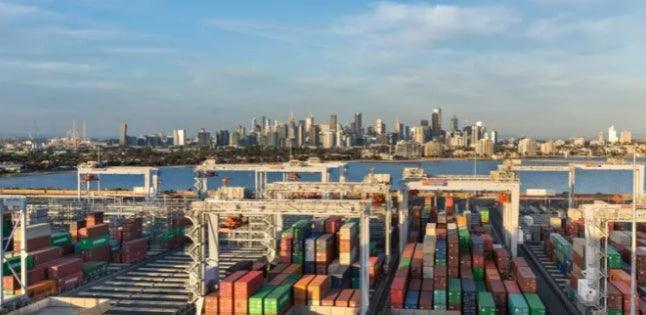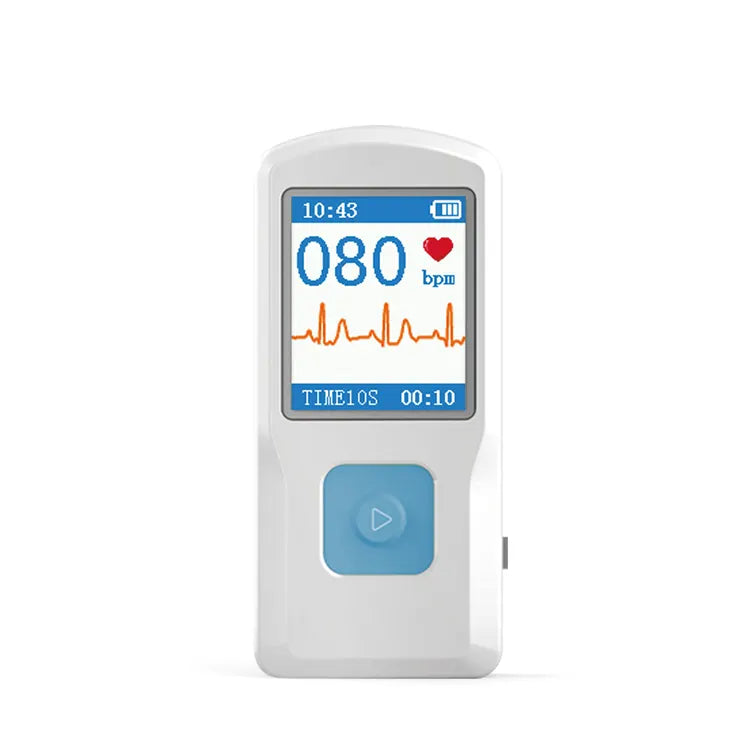Australia's Patrick Terminal strike halts, shipping congestion

The Maritime Union of Australia (MUA) has halted strike action against Patrick Terminals - but the impact of the strike has caused long delays on Melbourne's landside.
The MUA announced the latest work stoppage at Patrick's four container terminals in late September, including a shift action at East Swanson Terminal in Melbourne in October.
Patrick then applied to the Fair Work Commission (FWC) to terminate its enterprise agreement with the MUA, claiming it had "had enough" after 19 months of deadlocked negotiations.
On Monday, the terminal operator called on the FWC to end the MUA's strike action.
Patrick CEO Michael Jovicic said, "Since May, terminals have been hit by ongoing strike action that has severely impacted all end users, including importers, exporters and shipping companies.
"The delays are escalating and we have been asking MUA to negotiate without having to take disruptive strike action. All parties in the supply chain have faced particular challenges over the past two years and strike action is impacting Australia's economic recovery in the face of the new crown epidemic."
A mediation meeting with the FWC prompted the MUA to withdraw further action.
However, Neil Chambers, director of the Container Transport Alliance of Australia (CTAA), said the "wheels have fallen off" the productivity of container logistics at the port of Melbourne and that other ports are also experiencing problems.
He explained: "Since the storm hit Melbourne two weeks ago, as well as due to high volumes and other operational issues, truck turnaround times at the world's West Swanson ports have exceeded four hours. Transport operators are unable to collect all available import containers and exports are being blocked, leading to further congestion."
He said the current congestion and low terminal productivity has also been affected by Dubai World Ports' acceptance of a subcontracted vessel from "the strike-plagued Patrick Terminal at East Swanson Terminal.
He said the MUA strike has led to "a significant reduction in available vehicle booking slots for loading and unloading import and export containers, by up to 75 percent.
He added: "Transport operators simply could not get enough slots, so Patrick Terminals was asked to extend the free hours before import storage charges were increased. Incredibly, however, Patrick's management blamed the situation on the MUA, saying it was "beyond our control" and therefore refused to waive the import storage charges."
Meanwhile, in addition to the delays in Australia, shippers and forwarders continue to struggle with global port congestion and high rates. For example, Greg Mckillop, owner of Southern Cross Cargo, said that in some cases, freight rates from China have dropped, but "without slots, they are irrelevant - -Bookings outside of China can still take two to three weeks."
We would be pleasantly surprised to see some overall rate reductions, but it will be hard to see that before the Chinese Lunar New Year in February," he added. Congestion in the U.S. has also caused significant shipping delays, and worryingly, the situation shows no sign of improving significantly."
WE RECOMMEND
Related posts
- Subscribe MedInsights
- Subscribe MedInsights
- Subscribe MedInsights
- Subscribe MedInsights
- Subscribe MedInsights










